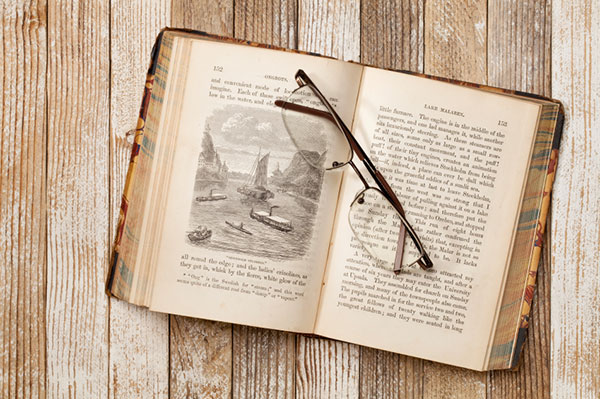This module is for Grades: 6-8 Welcome
As we all know, textbooks usually describe events from history using pages of text, organized into sections and chapters of printed words. It is often helpful that many of these pages also include visuals to help readers better imagine what events looked, sounded and felt like. These visual images can be in the form of paintings, photographs, artwork, maps, charts or graphs. They can help support other sources on the same topic, and strengthen the points the sources share.
Textbooks often provide you with these images. However, as social studies students, you are also responsible for finding these images to support your own points. Finding these images provides additional support for your argument and helps your audience more clearly understand the topic.
In the activities that follow, you will learn about two important leaders in ancient world history and analyze the role of visuals in strengthening your understanding of the texts that describe these leaders. Alexander the Great was a Macedonian leader who used his military skill to conquer territory in Greece, the Middle East, Egypt and Asia. Alexander’s accomplishments led to interaction between people of Europe, Asia and Africa, and increased trade and the spread of culture. A century later, Julius Caesar also used military skill to conquer his enemies and expand Roman territory, turning Rome into a wealthy and powerful empire.
Module Objectives
By the end of this module, you will be able to:
- Integrate visual information with other information in print and digital texts to analyze the accomplishments of Alexander the Great and Julius Caesar.
- Determine how visual sources support text sources.

Images in books can help support other sources on the same topic, and strengthen the points the sources share.
Focus Standard
RH.6-8.7 - Integrate visual information (e.g., in charts, graphs, photographs, videos, or maps) with other information in print and digital texts.
Skill
- Determine how visual sources support text sources.








